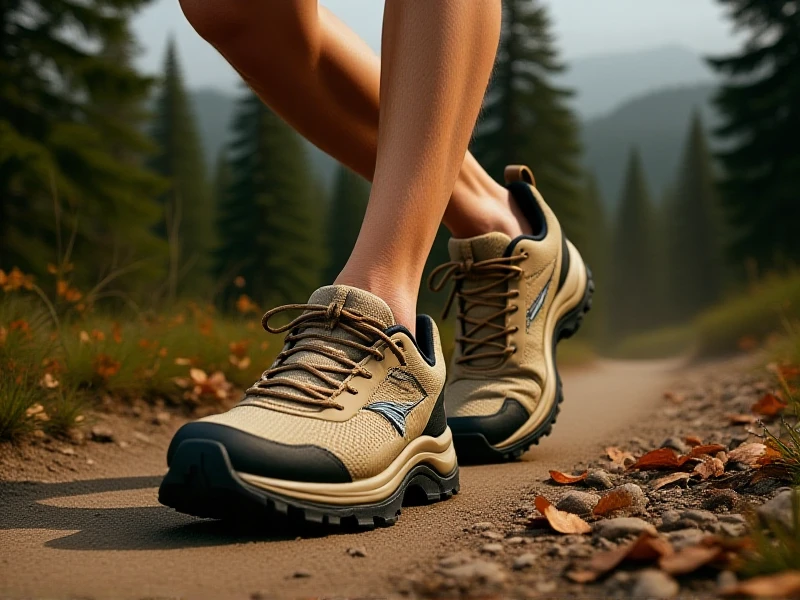
The Ultimate Guide to Choosing Trail Running Shoes
Hitting the trails offers unparalleled freedom and connection with nature, but conquering unpredictable terrain demands the right footwear. Unlike your everyday road runners, trail running shoes are specifically engineered to handle dirt, rock, roots, mud, and slippery surfaces, giving you confidence with every stride. Understanding key features ensures you pick the perfect pair for your adventures.
The foundation of any great trail shoe is its outsole grip. Deep, multi-directional lugs – the tread pattern – dig into soft ground and shed mud efficiently, preventing build-up that causes slips. Look for aggressive lug patterns (typically 4mm or deeper) for challenging, technical terrain or softer, more flexible lugs for packed dirt and smoother paths. The rubber compound also matters; tackier rubber offers superior grip on wet rocks but may wear faster on pavement.
Protection is paramount off-road. A rock plate – a thin, flexible shield often made of composite materials – shields your feet from sharp stones and bruising roots hidden beneath the trail surface. Additionally, reinforced toe bumpers safeguard your toes from unexpected impacts. Durable upper materials, like synthetic overlays or abrasion-resistant mesh, resist tears against bushes and rocks.
Trails demand responsive cushioning that absorbs impact without sacrificing ground feel needed for navigating uneven surfaces. Midsole heights vary: maximal cushioning (taller stacks) offers plush comfort for long distances, while minimal cushioning provides a closer-to-ground, agile feel preferred for technical speed running. Consider your distance, terrain, and personal preference.
Finally, stability becomes crucial when tackling side slopes and unpredictable footing. Look for features like strategic midsole geometries, broader platforms for a more confident base, or reinforced heel counters. Some runners prefer a snug, secure fit through the midfoot ("midfoot lockdown") to prevent unwanted foot movement inside the shoe.
Durability is key. Trail shoes face harsh conditions. Reinforced uppers, protective overlays, and durable outsole rubbers ensure your investment withstands the mileage of rugged paths.
Choosing the right trail running shoes directly impacts your performance, safety, and enjoyment on the trail. Prioritize grip and protection based on your typical trails. Consider cushioning and stability needs for your running style and distance. When you lace up shoes designed for the wild, you unlock the full potential of your trail running experience, ready to embrace the path less traveled. Gear up confidently – your perfect trail companion awaits. What will you discover next on your feet? Keep exploring our in-depth comparisons to find the ideal fit for your trail adventures.